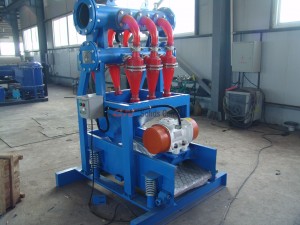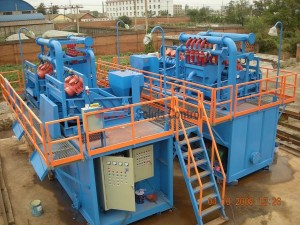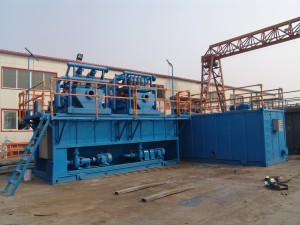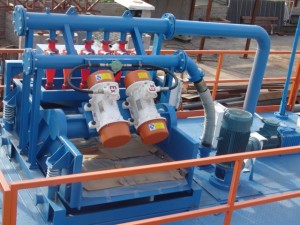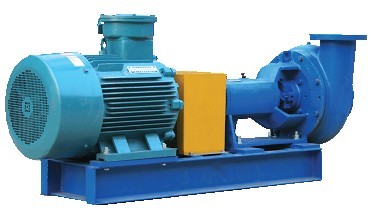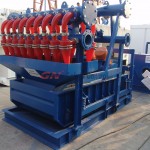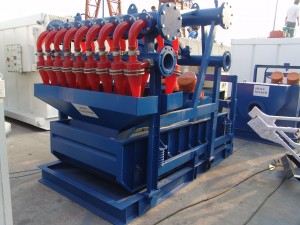As a oil gas industrial equipments manufacturer,GN Solids Control sales team keeps visiting to Top 5 oil gas industrial information news website to keep informed about petroleum industry.We list Top 5 website as below.
About Rigzone
Rigzone.com is “Your Gateway to the Oil and Gas Industry” providing you with industry news and information, the Online Oil & Gas Directory, careers, a classifieds marketplace, and more.
Welcome to contact GN Solids Control for oilfield drilling solids control equipments.
Who visits Rigzone?
Rigzone’s vibrant, quickly growing audience and member base spans the upstream oil and gas industry from major corporate executives to influential independents.
* Drilling rig owners and operators
* Offshore support services (tugs, tenders, caterers, parts suppliers, etc.)
* Oil and gas industry executives from large multi-nationals to smaller independents
* Oil and gas industry human resources directors and departments
* Oil and gas industry workers and job seekers of all skill levels and areas of expertise
* Parts and equipment manufacturers, distributors, and suppliers
* Investors and analysts involved in the oil and gas industry
About Offshore Magazine
Offshore magazine, first published in 1954, is a monthly publication recognized as the worldwide leader for covering the key issues and trends relative to offshore technology, oil and gas E&P operations. It is the world’s most highly respected magazine dedicated entirely to the offshore industry, and enjoys the highest and most widely read circulation in its class. Since 1910, The PennWell Petroleum Group has been the industry leader for coverage of and service to the worldwide petroleum industry. Its foundation magazines are Oil & Gas Journal, Offshore, Oil, Gas & Petrochem Equipment, Oil & Gas Financial Journal, LNG Observer and The Petroleum Buyers Guide. The group also produces targeted e-Newsletters, hosts global conferences and exhibitions, seminars and forums, directories and technical books, print and electronic databases, surveys and maps.
About PennEnergy
PennEnergy serves global energy professionals with the broadest, most complete coverage of industry-related information, with resources to help effectively perform critical job functions.
Including content from all PennWell Petroleum brands and other industry sources, PennEnergy.com delivers original industry news, financial market data, in-depth research, maps, surveys, statistical data, and equipment/service information. We have also invested in Google search technology to make it easy for customers to search and find needed data.
Since 1910, The PennWell Petroleum Group has been the industry leader for coverage of and service to the worldwide petroleum industry. Its foundation magazines are Oil & Gas Journal, Offshore Magazine, Oil, Gas & Petrochem Equipment, Oil & Gas Financial Journal, LNG Observer and The Petroleum Buyers’ Guide. The group also produces targeted e-Newsletters, hosts global conferences and exhibitions, seminars and forums, directories and technical books, print and electronic databases, surveys and maps.
ABOUT WORLD OIL ONLINE
World Oil, established in 1916 as The Oil Weekly, is published monthly by Gulf Publishing Company. For over 90 years, the World Oil team has maintained a shared vision – to offer superior editorial content in World Oil that covers the Upstream Oil and Gas Industry by “Defining Technology for Exploration, Drilling and Production.” World Oil brings buyers and sellers together via World Oil’s superior circulation and online exposure and achieves advertiser’s confidence by delivering cost-effective results.
About Upstream Newspaper:
Upstream is an award-winning global oil & gas newspaper, published weekly and solely available on a subscription basis at an annual subscription fee of US$950.
Upstream’s influential readers are willing to pay for quality, that’s the philosophy. With an experienced team of 26 reporters located around the world, Upstream can provide the unbiased, independent journalism that readers praise so highly. Upstream is described as “invaluable”, “excellent” and “the best publication of its type on the market” by senior managers in some of the most respected companies in the industry.
Upstream has firmly established itself as the leading source of quality news in the international oil and gas industry.
Top drilling fluids supplier in the world

